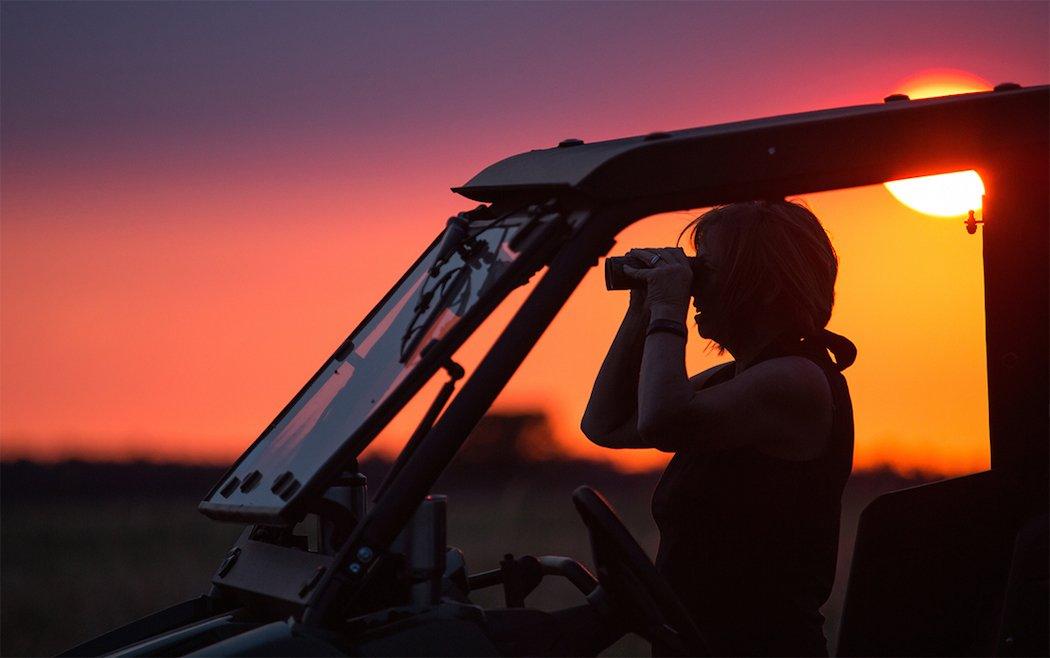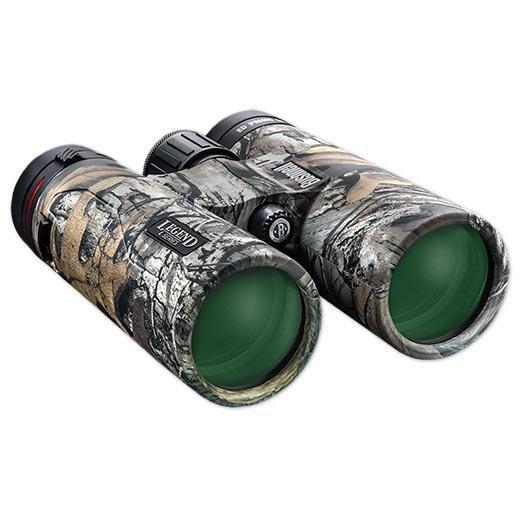How Much Scouting Do You Do?
Scouting is the most important step in killing a deer. Any deer. It's difficult to walk into an area, pick a random tree, and experience consistent success without it. That's why countless hours are spent each year preparing for the hunt. In fact, for me, more time is usually spent on scouting and preparing for the hunt than the hunt itself. So here are 12 tips to help you scout successfully this year.
Bushnell L Series 10x42mm Binos in Realtree Xtra
- Understand what a high-impact scouting method is. This is any activity involving extensive time and effort in close proximity to whitetails. That method poses a high risk of detection.
- Also, know what low-impact scouting methods are. The key is to find the deer you want to hunt and learn as much as you can without alerting the deer or group of deer you're pursuing. Digital scouting and scouting from afar are the two best examples of this.
- First scout using digital tools like maps. There are numerous types of maps (topos, aerials, records, plats, soil, hydro, etc.) that will give you insight as to what locations hold the most potential. Maps help identify the best spots on specific tracts of land, too.
- Next, scout from afar to get an idea of how deer use the land. This is a low-impact scouting method. Make sure you have the best optics you can afford. It will make a difference.
- Then, move in to hang trail cameras (where legal) to better understand what deer are in the area and how they move about the landscape.
- Hang trail cameras in a manner that will not spook deer. Place them about 5 to 6 feet off the ground, angled slightly downward. This gets them out of whitetails' line of sight.
- Once the season opens, and you're still not completely sure of where you want to hunt, hang observation stands that will allow you to see things from afar, but still put you close enough that you might have a shot at the deer you're after. Once you have a deer pegged, then move in closer and hang another stand where you know you need to be.
- Always look for food sources. Don't just analyze current food sources. Look for food sources that deer will key in on during the coming weeks and months, too.
- Don't forget about water. Deer need it to survive. So make sure your scouting efforts are conducted in areas where deer have it available to them.
- Bedding and security cover are crucial. During the summer and early fall months, deer seem to bed in areas that allow them to stay cool. This is usually in low-lying areas near water. However, once hunters begin hitting the woods, they leave those areas and seek out security cover away from that hunting pressure and in areas that give them a tactical advantage to detect hunters. Lastly, during the late-season, don't rule out quality solar bedding cover, which is any area that helps retain heat, such as evergreens.
- Scouting efforts, trail-cam photos, and in-the-field sightings from previous seasons reveal extremely valuable information relative to this season. Some of the deer from last season lived to see this year and they'll likely follow the same patterns.
- Some view isolated observations as absolute reality. Generally, there is more going on than what we see on the surface. Just because a deer enters a field from a particular trail doesn't mean it always does. Always remember to combine all scouting efforts to paint the best picture possible.
Are you a deer hunter thirsty for knowledge? Check out our stories, videos and hard-hitting how-to's on deer hunting.








